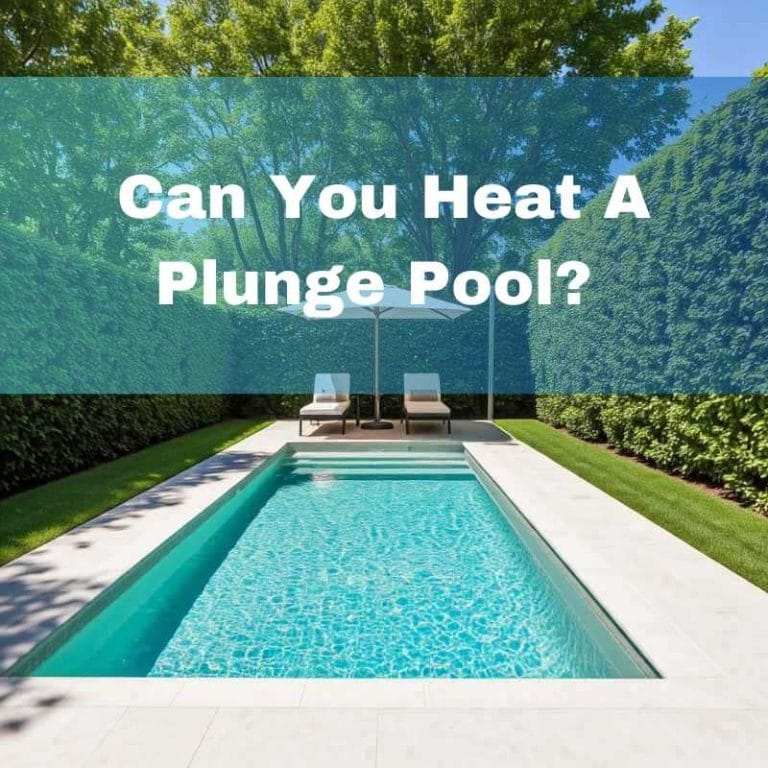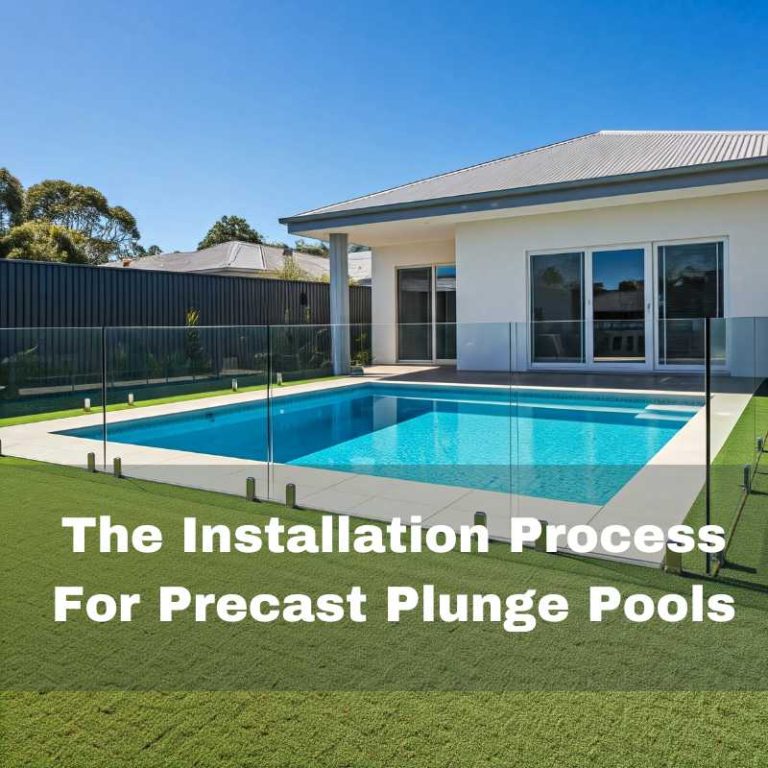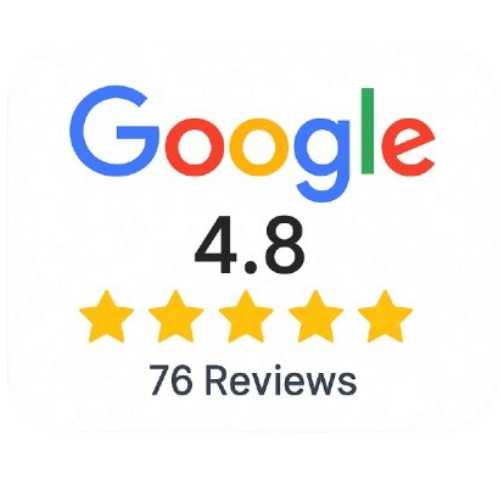At Plunge Pools Melbourne, we design and install plunge pools tailored for Melbourne homeowners, helping you enjoy your backyard oasis in every season with quality heating and cooling solutions.
Over the years, we’ve helped hundreds of clients across Melbourne extend their pool enjoyment into the cooler months — experience that directly shapes the insights we share in this guide.
Thinking About Heating Your Plunge Pool?
We can help you plan ahead. Get expert advice as part of your plunge pool installation — including how to prepare for year-round comfort.
Get Free Advice & Site AssessmentTable of Contents
ToggleWhy Heating a Plunge Pool Is a Smart Choice
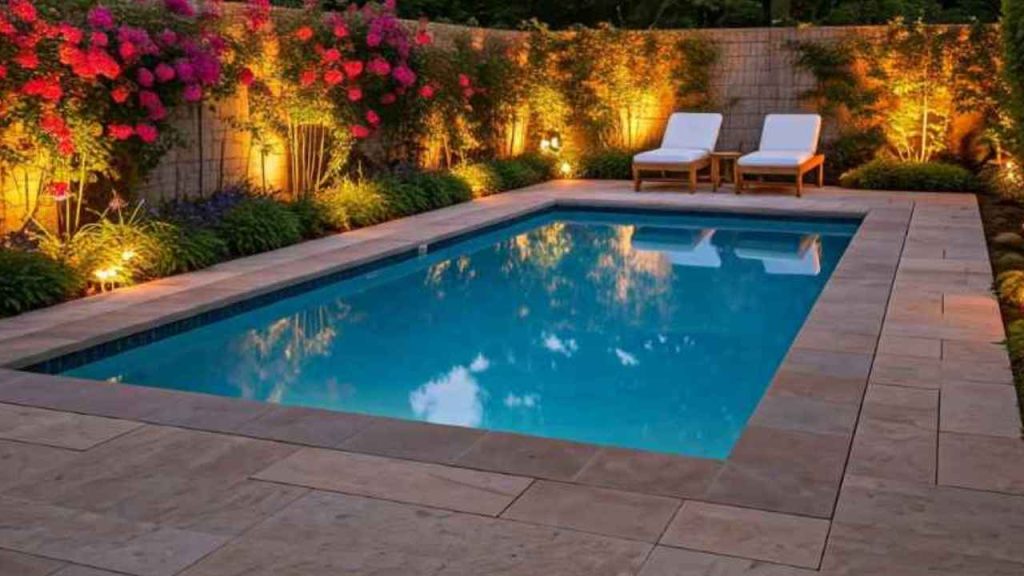
Why heat your plunge pool? It keeps your pool comfortable to use all year long. Melbourne’s unpredictable weather often shifts between warm and chilly, but a heated pool ensures you can enjoy your pool throughout the year for relaxation or exercise whenever you like.
The Benefits of Heating Your Plunge Pool
1. Relaxation and Health Benefits
Heating makes your plunge pool a comfortable space for relaxation. Warm water improves blood flow, reduces muscle tension, and helps you unwind. Using systems that efficiently heat the pool after a long day or workout supports recovery and reduces stress.
Heated pools also offer health benefits. For older adults or people with joint pain, warm water eases discomfort and increases mobility. Athletes can use heated pools for recovery, and people with injuries often find that systems designed to heat your pool water help reduce pain and speed up healing.
2. Maximising Pool Usage
Melbourne’s weather often shifts between warm and cool, making unheated pools less practical. Many pool owners find that heating keeps their plunge pool usable across all seasons. On cold mornings, enjoy a warm soak. During summer, keep the temperature comfortable for cooling dips. Heated pools ensure you make the most of your investment.
Factors to Consider When Choosing a Heating System
Choosing the right option to heat your pool depends on several key factors. These factors help ensure your plunge pool remains comfortable and cost-efficient to use.
1. Climate and Location
Melbourne experiences warm summers and cool winters. Your location and weather conditions influence the type of heating system you need.
- In sunny areas: Solar heating is a sustainable and cost-effective choice.
- In cooler areas: Gas or electric heaters provide consistent warmth regardless of sunlight.
2. Pool Size and Design
The size and depth of your plunge pool affect how much energy is required to heat it.
- Smaller pools: They heat faster and consume less energy, making them ideal for solar or electric systems.
- Larger pools: They may require more powerful systems, increasing installation and running costs.
Design features like pool covers also help. Covers insulate heat effectively, reducing heat loss and lowering energy usage by insulating the pool.
3. Usage Frequency and Purpose
How often you use your pool and its primary purpose will determine the best heating option.
- Frequent use: Electric systems provide consistent and energy-efficient heating for daily swimmers.
- Occasional use: Gas heaters warm the water quickly, making them great for on-demand heating.
- Hydrotherapy needs: Solar heating paired with a pool cover balances eco-friendliness and steady temperature control.
Unique Considerations for Heating a Plunge Pool in Melbourne’s Unpredictable Climate
Melbourne’s weather is famously variable — sunny one minute, cloudy the next. When planning plunge pool heating, it’s important to factor in the city’s frequent overcast days during winter and early spring.
Solar Heating: While solar systems work brilliantly through Melbourne’s sunny summers, efficiency drops during the cloudy winter months. To maintain year-round usability, many homeowners pair solar heating with an electric heat pump as a backup.
Electric and Gas Heating: These systems offer more predictable performance during colder, cloudier periods typical of Melbourne winters.
Considering Melbourne’s shifting seasons can help you design a heating system that keeps your plunge pool comfortable, no matter the weather.
Exploring Plunge Pool Heating Options
Heating your plunge pool can be achieved with various systems, each with its advantages and limitations. Here are the most popular options:
1. Solar Heating Systems
Solar pool heating is best for your plunge pool as it uses sunlight to warm the water, offering a cost-effective and environmentally friendly solution.
- Pros:
- Reduces carbon footprint.
- Low running costs after setup.
- Best for sunny climates, especially Melbourne’s summer months.
- Cons:
- High installation costs due to solar panel requirements.
- Reduced efficiency in overcast weather or winter.
- Suitability:
- Ideal for homeowners prioritising sustainability and those who use their pool during sunny seasons.
How it Works:
Solar panels on your roof collect heat from sunlight. Water is pumped from the pool, flows through heated tubes, and returns to the pool at a higher temperature. Adding a pool cover helps retain heat during cooler periods.
Our Experience:
We’ve seen solar heating systems work exceptionally well for Melbourne homeowners, particularly in sunnier suburbs like Keilor and Essendon. One client reported saving over $400 per year on heating costs after switching from a gas heater to solar. Results can vary depending on sun exposure and pool size, but solar remains a favorite among eco-conscious owners.
2. Electric Heating Systems
Electric heating systems work efficiently to provide quick and consistent warmth, regardless of the time or weather.
- Pros:
- Heats water quickly and reliably.
- Works efficiently day or night.
- Lower upfront costs compared to solar or gas systems.
- Cons:
- Higher running costs with frequent use.
- Less eco-friendly compared to solar options.
- Suitability:
- Best for homeowners seeking an all-weather heating system.
How it Works:
An electric pump uses a heat exchanger to transfer warmth from the air to the pool water. This process ensures consistent heating, even on cool nights.
Our Experience:
Electric heat pumps have become increasingly popular with our clients across Melbourne’s inner suburbs, like Hawthorn and Northcote. For a typical 4m x 2m plunge pool equipped with a solar pool cover, many homeowners spend around $2 to $3 per day during winter months to maintain a cozy 28°C water temperature. Energy usage may vary based on weather conditions and usage habits.
Need advice on the right heating solution for your future plunge pool? Talk to us about custom pool designs that support year-round comfort.
3. Gas Heating Systems
Gas heaters heat plunge pools quickly, making them ideal for immediate use.
- Pros:
- Heats water in under an hour.
- Works in all weather and without sunlight.
- Suitable for occasional pool use.
- Cons:
- High running costs due to gas consumption.
- Less eco-friendly than solar or electric systems.
- Suitability:
- Best for homeowners needing fast heating or those who use their pool infrequently.
How it Works:
Gas heating systems work by burning natural gas or propane in a combustion chamber. Water flows through heated coils in the chamber, absorbing the heat, and returns to the pool warm.
Our Experience:
Gas heaters offer unmatched speed for heating plunge pools. One Brighton homeowner was able to heat their 5m x 2.5m pool from 18°C to 30°C in about an hour, making spontaneous evening dips possible. However, regular use can cost between $600 and $1,200 annually, depending on gas prices and usage patterns.
4. Solar Pool Covers
Solar pool covers naturally insulate heat and retain it, reducing energy loss. They work well alongside other heating systems.
- Pros:
- Affordable and energy-efficient.
- Prevents water evaporation and heat loss.
- Enhances the efficiency of solar, electric, or gas heaters.
- Cons:
- Limited ability to heat water without an additional system.
- Suitability:
- Ideal for cost-conscious users who want to maintain pool temperature.
How it Works:
The cover floats on the water and traps heat using small bubbles filled with air. These bubbles act like magnifying lenses, capturing and retaining the sun’s rays. The cover also insulates the pool, reducing heat loss.
Our Experience:
We strongly recommend solar pool covers to almost all our Melbourne clients, whether they use solar, electric, or gas heating. A homeowner in Camberwell reduced their heat loss by up to 70%, significantly cutting their energy bills after installing a solar cover. While covers don’t actively heat water, they preserve warmth and reduce evaporation impressively well.
Explore Smart Plunge Pool Solutions
Not sure where to start? Our expert team will help you choose the best plunge pool setup — including prep for future heating if needed.
Start with a Free Quote ➔Cost Breakdown and Environmental Impact
Heating a plunge pool involves both initial installation and ongoing operational costs. Here’s a clear breakdown of these costs along with their environmental implications.
Installation Costs
Solar Heating Systems:
The cost of installing an electric heat pump depends heavily on the unit’s heating capacity. For Melbourne’s cooler winters, a 17kW heat pump is often recommended to efficiently maintain pool temperatures. Installation costs typically range from $2,500 to $4,500*, including equipment and labor.
Electric Heat Pumps:
The cost of installing an electric heat pump depends heavily on the unit’s heating capacity. For Melbourne’s cooler winters, a 17kW heat pump is often recommended to efficiently maintain pool temperatures. Installation costs typically range from $2,500 to $4,500*, including equipment and labor.
Gas Heating Systems:
Gas heating systems generally have higher upfront costs than electric options, with total installation expenses starting from $3,000 and reaching up to $5,500*. Costs vary based on heater size, gas line connections, and the complexity of integrating the system into existing plumbing.
Running Costs
Solar Heating Systems:
Solar heating systems rely on renewable energy from the sun, offering extremely low ongoing costs.
According to the Clean Energy Council, the adoption of solar energy significantly reduces household carbon footprints and long-term energy expenses, making it a sustainable choice for Australian homes.
Electric Heat Pumps:
Electric heat pumps provide reliable heating throughout the year but do incur regular electricity costs.
Based on our experience designing pools for Melbourne homeowners, heating a typical 4m x 2m plunge pool generally costs about $2 to $3 per day.
This aligns with running cost estimates from Madimack, a leading Australian pool heating company, which highlights that efficient heat pumps can cost as little as $2–$3 per day to operate under typical conditions.
Note: Running costs can vary depending on system efficiency, pool size, temperature settings, and seasonal conditions.
Gas Heating Systems:
Gas heaters are ideal for rapid, on-demand heating but have higher operational expenses.
Regular use can result in annual running costs between $600 and $1,200, depending on pool size, gas prices, and frequency of use, according to My Perfect Pool.
Due to their higher energy consumption and emissions, gas heaters are often recommended for occasional heating rather than daily use.
Solar Pool Covers:
Solar pool covers themselves have zero running costs. By naturally insulating the pool and reducing evaporation, they significantly lower the heating demands on any active system, making them a highly cost-effective addition to any plunge pool setup.
*Note: These figures are based on typical Melbourne plunge pool conditions and may vary depending on specific site conditions, equipment, and energy pricing.
Long-Term Value
Solar Heating Systems
- Best for long-term savings due to minimal operating costs.
- Popular among eco-conscious homeowners.
Electric Heat Pumps
- Convenient but higher operating costs over time.
Gas Heating Systems
- Heats quickly but has the highest running costs, making it less suitable for frequent use.
Solar Pool Covers
- Affordable and enhances the efficiency of other heating systems.
Environmental Impact
1. Solar Heating Systems
- Environmental Footprint: Solar systems have the lowest impact as they use renewable energy.
- Emissions Reduction: They decrease greenhouse gas emissions and reliance on non-renewable resources.
- Sustainability: Provides the lowest environmental impact among heating systems.
- Additional Benefit: Solar panel installations may qualify for government incentives. According to Solar Victoria, eligible homeowners can access rebates and incentives for installing solar heating systems, helping to offset upfront installation costs and promoting more sustainable energy choices.
2. Electric Heating Systems
- Moderate impact: Environmental effect depends on energy source. Using green electricity can lower emissions.
- Energy Source Dependency: Electric systems are less eco-friendly unless paired with renewable energy, such as rooftop solar panels.
3. Gas Heating Systems
- High impact: Relies on fossil fuels and contributes to greenhouse gas emissions.
- Environmental Concerns: They are the least sustainable option and better suited for occasional use.
- Recommendation: Pair with solar heating to reduce environmental impact.
4. Solar Pool Covers
- Heat Conservation: Solar covers do not generate heat but help conserve it, reducing overall energy consumption.
- Eco-Friendly: They minimise environmental impact by retaining heat and lowering energy use.
- Additional Benefit: Reduces water loss by minimising evaporation.
Want a Pool That Stays Warm Longer?
Our plunge pool experts can guide you on heat-saving design tips — like cover placement, insulation ideas, and more — all as part of your install.
Request Your Free Site Assessment ➔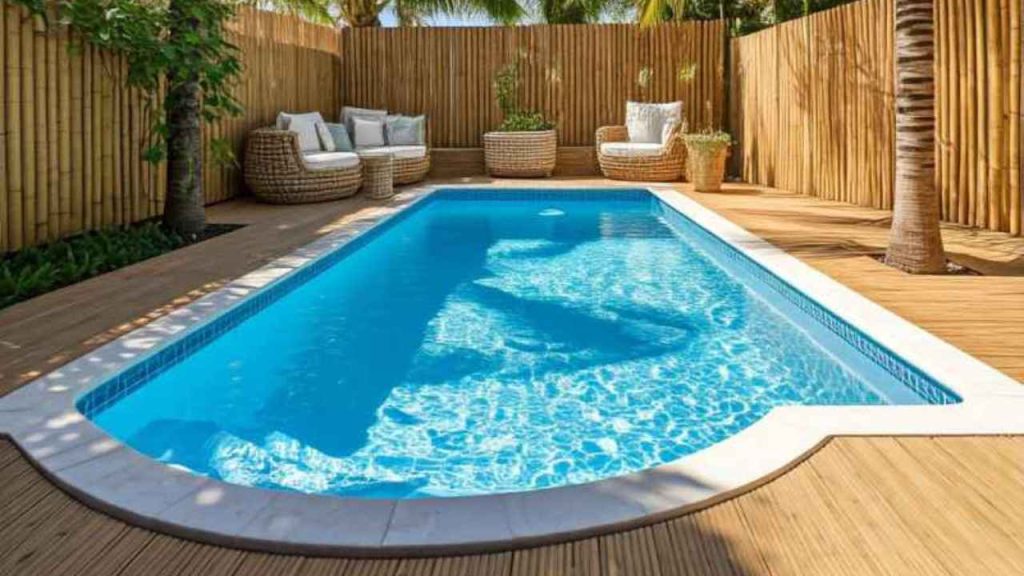
Tips to Reduce Environmental Impact
- Pair a solar system with a pool cover to maximise heat retention and reduce energy waste.
- Use a timer to prevent unnecessary heating and save power.
- Maintain your heating system regularly to keep it running efficiently.
In addition to managing your pool’s heating needs, it’s just as important to keep your water refreshingly cool during Melbourne’s hot summer months. Explore effective methods to keep your plunge pool cool naturally.
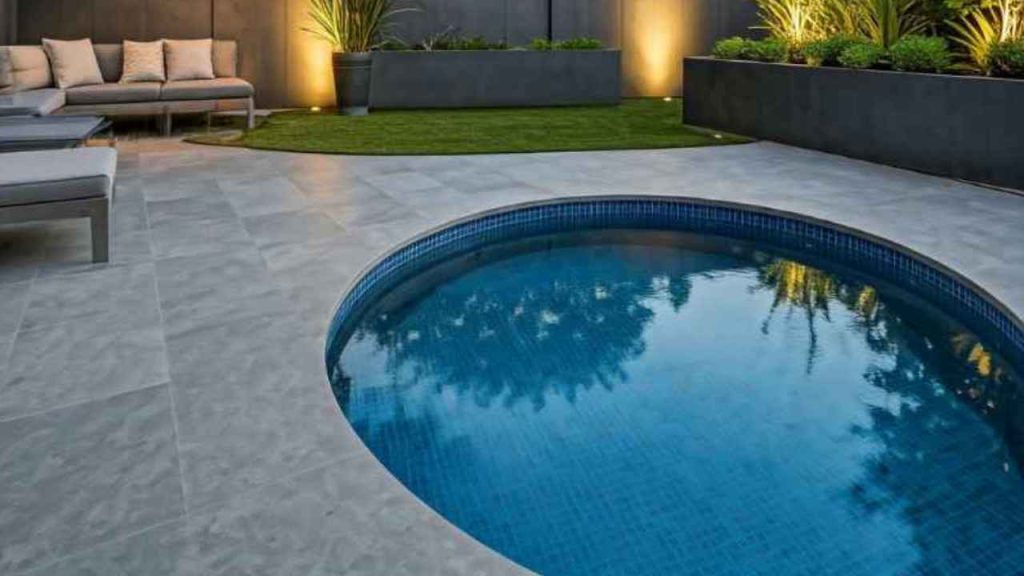
Tips for Keeping a Heated Plunge Pool Warm
1. Using Pool Covers and Insulation
A thermal pool cover significantly reduces heat loss by trapping warmth when the pool is not in use. Insulating the pool structure itself, especially if it’s above ground, prevents heat from escaping into the surrounding environment, improving heating efficiency.
2. Smart Thermostats and Automation Systems
Modern pool automation systems allow you to program heating cycles around your lifestyle. Smart thermostats can learn your preferences, monitor outside temperatures, and adjust heating schedules automatically, ensuring comfort while saving energy.
3. Best Practices for Energy Conservation
Keeping your plunge pool heated efficiently involves practices like lowering the thermostat slightly when not in use, heating during off-peak energy hours, and performing regular maintenance to ensure equipment operates at peak efficiency.
Conclusion
Heating your plunge pool is more than a practical upgrade—it’s a way for pool owners to enjoy their pool all year. With different heating options available, the right system adds comfort and versatility, whether you’re soaking on a winter evening, using hydrotherapy for sore muscles, or creating a cosy space for gatherings.
Looking for a Low-Maintenance Pool Setup?
We’ll help you choose the right plunge pool design and offer practical tips for better efficiency, insulation, and water-saving practices.
Start with a Free Pool ConsultationIf you’re weighing the long-term value of adding a plunge pool to your home, learn how a plunge pool investment can enhance your lifestyle and property value.
Frequently Asked Questions
1. Does heating a plunge pool significantly increase electricity bills?
Costs depend on the system you use. Solar heating for your plunge pool has low running costs, while electric and gas systems may add to your energy bills. Using a pool cover helps reduce heat loss and saves money.
2. Can solar heating work in colder climates?
Yes, solar heating works in colder climates but is most effective during sunny periods. Pairing it with gas or electric backup ensures warmth in winter.
3. What is the ideal water temperature for relaxation and hydrotherapy?
- Relaxation: 28–30°C.
- Hydrotherapy: 33–35°C, for muscle relief and improved circulation.
4. How long does it take to heat a plunge pool?
- Solar heating:
Based on our installations across Melbourne, solar heating typically takes around 1.5 days to raise a plunge pool from 18°C to 28°C during sunny spring conditions. Overcast days may extend this to up to 2 days. - Electric heating:
Using an efficient electric heat pump, we usually see plunge pools reach the desired temperature within 8 to 10 hours, especially when combined with a pool cover to minimise heat loss. - Gas heating:
For plunge pools fitted with gas heaters, heating from 18°C to 30°C can often be achieved in under an hour, making them ideal for spontaneous use — particularly during Melbourne’s cooler evenings.
5. Is heating a plunge pool worth the investment?
Yes. Heating extends your pool’s usability throughout the year and allows you to enjoy your pool with enhanced comfort for relaxation and health benefits.



